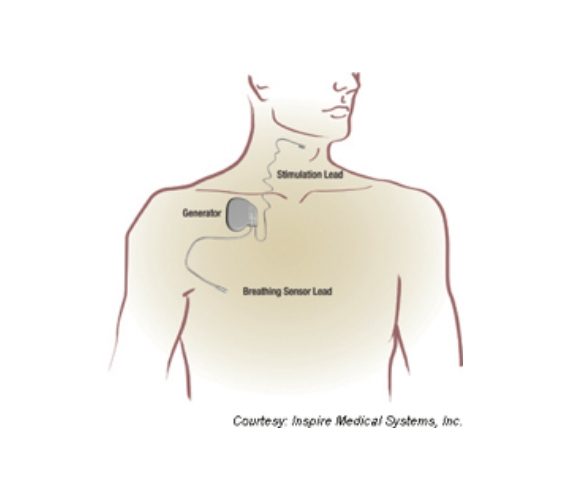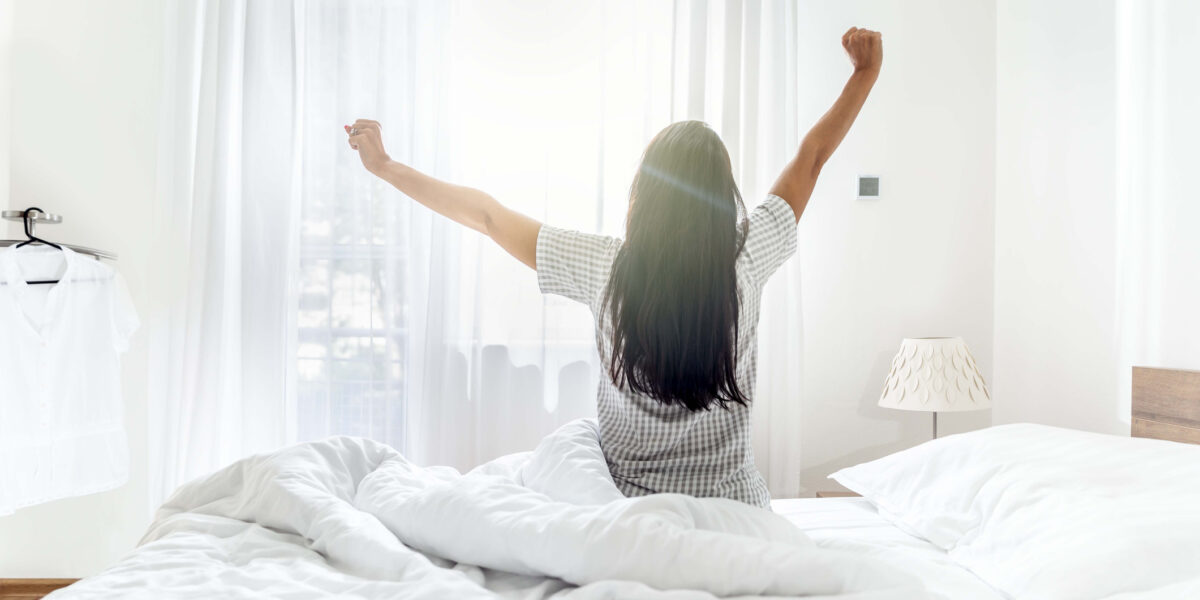Login
Sleep Medicine
Inspire Upper Airway Stimulation Therapy
Control sleep apnea without a CPAP machine.
Inspire – a Mask-Free Way to Treat Sleep Apnea
Are you tired of restless nights, snoring, and daytime fatigue caused by sleep apnea? Millions of Americans struggle with this disruptive condition, and traditional treatments like CPAP machines can be uncomfortable and ineffective.
Discover effective alternatives to CPAP with Inspire. This revolutionary, implantable device treats sleep apnea at its source. Unlike CPAP, Inspire is a discreet and comfortable solution that helps you breathe freely and wake up refreshed.
ChristianaCare offers Inspire, a groundbreaking treatment option, implanted by our expert team of sleep doctors. This minimally invasive procedure can be performed on an outpatient basis, allowing you to return home the same day.
Could Upper Airway Stimulation Therapy Be Right for You?
Why Choose ChristianaCare?
Frequently Asked Questions (FAQs)
Recovery time after surgery will vary from patient to patient, most patients experience minimal pain and swelling at the small incision sites for a few days after the implant. Although up to your physicians, most patients are able to go home the same day of your procedure.
Within a few days following the procedure, you should be able to return to normal non-strenuous activities. You should avoid strenuous activities for about two weeks or as directed by your doctor. A week after surgery, your doctor will examine you to make sure you are healing properly. Most patients have a full recovery within a couple of weeks.
Additional questions? Please call one of our providers using their contact information above.
What are My Next Steps?
For questions about Inspire or to make an appointment, please call the following providers:
ChristianaCare Oral & Facial Surgery Center
Daniel J. Meara, MD
Etern S. Park, MD
302-320-5730
ENT & Allergy of Delaware
Lauren G. Bogdan, MD
Kieran M. Connolly, MD
Jagdeep S. Hundal, MD
302-998-0300


